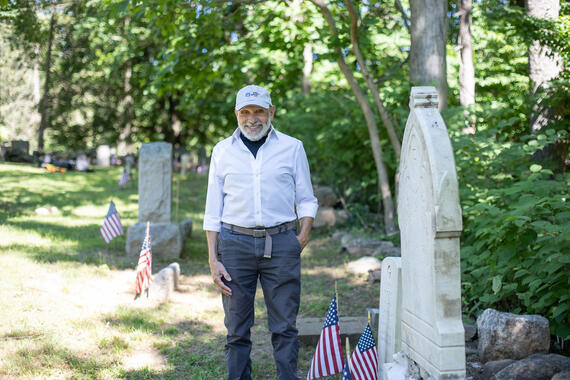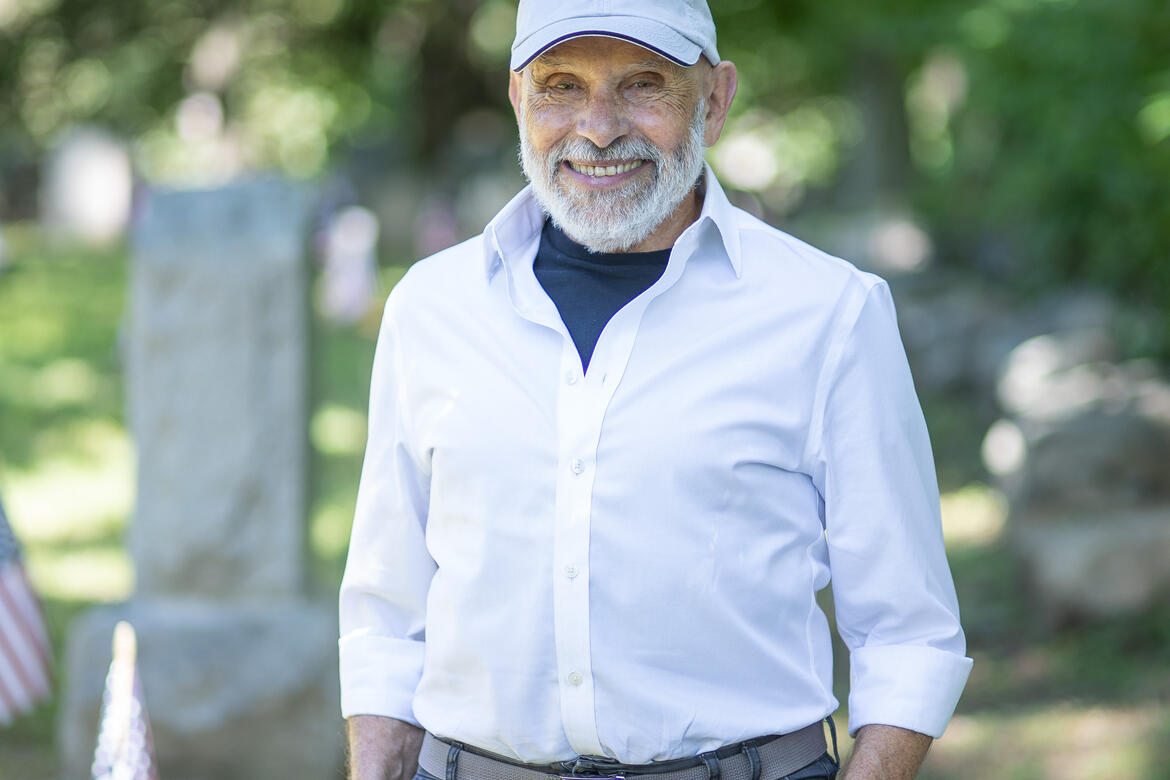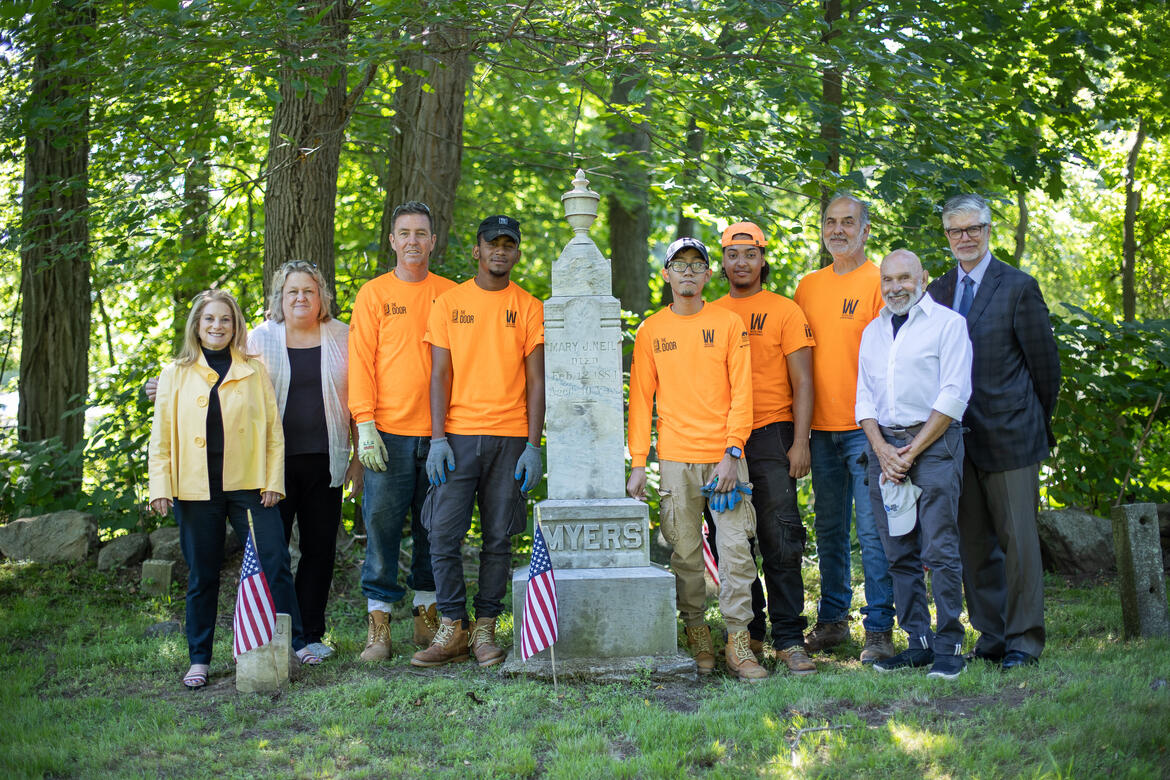A Tribute to Frank Sanchis Upon His Retirement

Our beloved colleague and Regional Director for North America, Frank Sanchis, is retiring this month after more than five decades of service in the preservation field. His time at World Monuments Fund (WMF) bookends an incredible career that charts the trajectory of preservation as it became a formalized profession in the 1960s through today. Bringing his passion for people and the places they care for to positions at the local, national, and global level, Frank has contributed to the field’s evolution at each stage of his professional life. As he embarks on this new chapter, the staff of WMF thanks him for enriching our lives with his generosity of spirit and mentorship over the past 11 years.
Since joining WMF in 2010 as Director of U.S. Programs, Frank has brought critical resources and global awareness to heritage places reflecting the breadth of American life. He has been the driving force behind initiatives to safeguard places central to Native American identity and culture. His collaboration in 2011 with the Taos Tribal Government to conserve Taos Pueblo and facilitate the transfer of traditional construction methods across generations launched additional endeavors in the Southwest, including WMF’s current engagement with Bears Ears National Monument in Utah.
His achievements extend to other projects uplifting the stories of communities that too often go unheard. In 2019, Frank helped oversee Voices of Alabama, an oral history project exploring the personal memories of individuals who lived, worked, worshipped, and gathered in the 20 spaces that comprise the Alabama African-American Civil Rights Heritage Sites Consortium. Most recently, he was instrumental in the successful effort to save the San Antonio Woolworth Building, preserving the memory of its role in desegregation during the 1960s.
Frank is also responsible for bringing the Bridge to Craft Careers (B2CC) initiative into existence. Since being established in 2015, B2CC has offered young adults in the New York City area hands-on in stone masonry preservation, creating a pipeline for stable employment and helping support the stone masonry trade. Since being established in 2015, B2CC has offered young adults in the New York City area hands-on technical training in stone masonry preservation, creating a pipeline for stable employment and helping support the stone masonry trade. Additionally, Frank advanced WMF’s involvement in preserving modern architecture, having overseen the World Monuments Fund/Knoll Modernism Prize and a variety of modern architecture projects at World Monuments Watch sites, including the Miami Marine Stadium and the Chinati Foundation in Marfa, Texas.
Frank’s career began as an architecture student at Pratt Institute, during which time, he landed a summer job working for the Historical American Buildings Survey (HABS). The experience “opened up a new world” just as U.S. preservation was coming into its own. After graduating Pratt in 1967, he enrolled at Columbia University in one of the first master’s degree programs in preservation, studying under its founders James Fitch and Charles Peterson. After a presentation of his thesis, the Chairman of New York City’s Landmarks Preservation Commission hired Frank and he eventually worked his way through the ranks to become Executive Director in 1983. Along the way he wrote American Architecture: Westchester County, New York, a survey of the county’s built heritage published for its bicentennial. During this same period, he returned to Columbia University as an adjunct professor in their preservation program.
In 1985, Frank joined the National Trust for Historic Preservation as the Vice President of Historic Sites. Throughout his tenure, he grew and diversified the Trust’s collection of properties to better reflect the arc of American life and architecture. Among the properties he added to the Trust’s roster was the Gaylord Building—a nineteenth-century warehouse along the Illinois & Michigan Canal—and Philip Johnson’s Glass House, the organization’s first-ever modern acquisition at a time when preserving modern architecture was less popular than it is today.
Frank returned to New York in 1999 as Executive Director of Municipal Art Society (MAS). He was a key figure in developing Tribute in Light, a public art installation that continues as an annual commemoration to those killed in the 9/11 attack on the World Trade Center. In addition, Frank led MAS in partnering with WMF, the New York Landmarks Conservancy, the Preservation League of New York State, and the National Trust for Historic Preservation to create The Lower Manhattan Emergency Preservation Fund, which provided support for historic buildings damaged by the World Trade Center collapse. He also led MAS in the campaign to preserve Eero Saarinen’s TWA terminal at JFK Airport.
Beyond these many contributions, Frank has been a friend, teacher, and champion to all of us at WMF. We will miss his willingness to ask the unasked question in meetings, always challenging and empowering those around him to strengthen their critical thinking. His ability to meet people where they are and spark curiosity have inspired all us all to take joy in sharing our knowledge with others. We thank him for all that he has done for WMF and the broader field.


